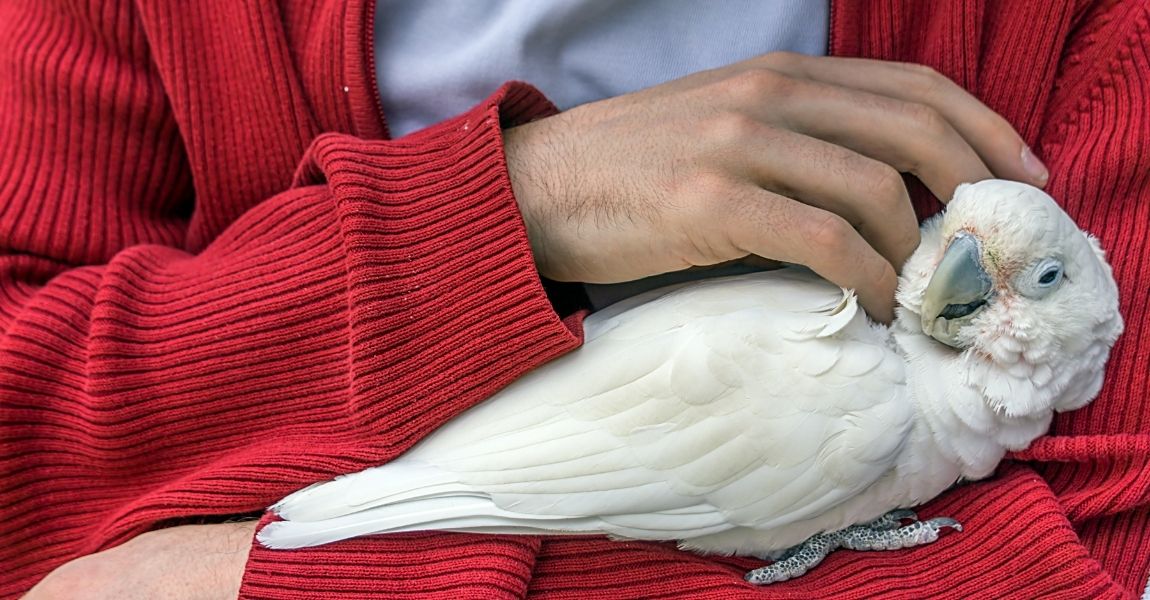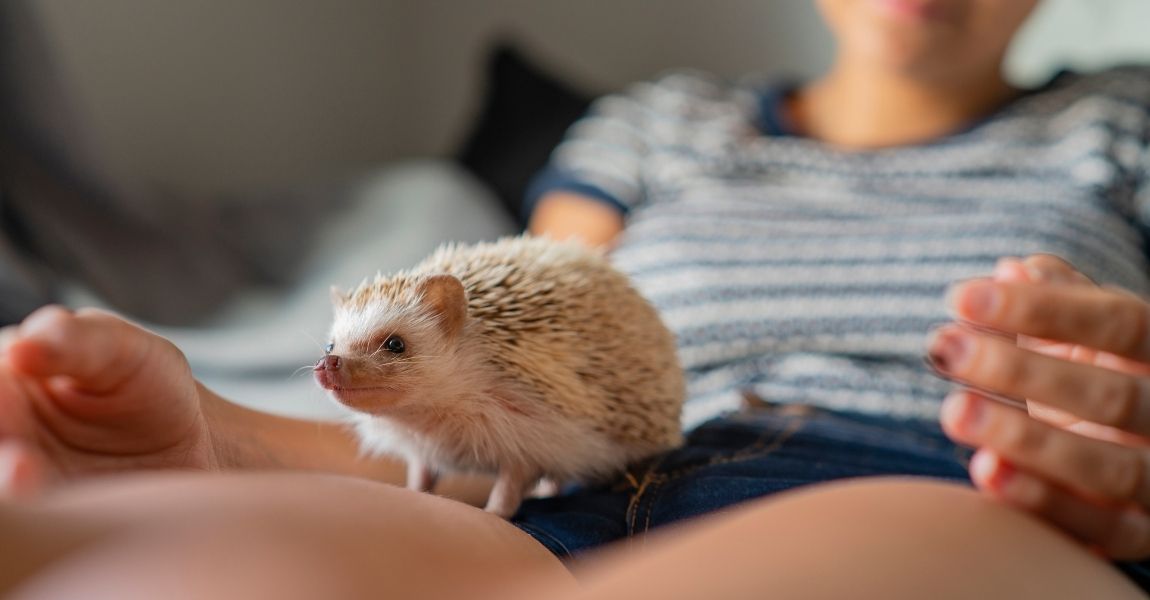Wolf Pup Development: A Journey of Growth
When it comes to wolf pup development and care, certain aspects remain consistent globally. This timeline delves into the physical and behavioural milestones that wolves undergo to ensure their survival.
Birth to 12 Days: The Neonatal Period
During this phase, wolf pups have dark fur and rounded heads. They are unable to regulate their body temperature independently. At this stage, they are blind with closed eyes, deaf with small ears, and have limited olfactory senses. However, they possess a good sense of taste and touch. Their mobility is restricted to a slow crawl primarily using their front legs, yet they display a remarkable sense of balance. Nutritionally, they rely on sucking and licking, feeding four to five times a day for short periods. On average they gain between 200 grams up to 800 grams per week for the next 14 weeks.
14-24 Days: The Transitional Period
At around 14 days, wolf pups' eyes open, revealing blue irises, although their vision is not fully developed until later weeks. They begin to exhibit early vocalizations like growls, whimpering, and squeaks, and attempt their first high-pitched howls. Milk incisors appear at 15 days, allowing them to consume small pieces of regurgitated meat. Their weight averages around 1.5kg to 2.8kg during this phase.

24 to 77 Days: The Socialization Period
During this period, wolf pups start venturing outside the den, engaging in play near the entrance. Their ears begin to raise, improving their hearing significantly. Around 31 days, their ears stand erect but with floppy tips. They develop canines and premolar teeth and start growing adult hair around the nose and eyes. Their vocalizations gain strength, and they begin to exhibit dominance and play fighting behaviours. Weaning gradually commences.
8 to 16 Weeks: The Juvenile Period
As adults abandon the den and move pups to a rendezvous site, weaning completes, and pups consume food provided by adults. They begin to develop adult guard hair, and their eye color transitions from blue to yellow-gold. They start accompanying adults on hunting trips for short periods and return to the den independently. Their weight ranges from 5 kgs to 10 kgs during this phase.
14 to 27 Weeks: Period of Rapid Growth
Pups experience rapid growth, gaining approximately 590 grams per week over the next three months. Their milk teeth are replaced, and their winter fur becomes noticeable, making their appearance nearly identical to adults'. They begin to actively accompany adults on hunts, showcasing their growing independence. Their weight ranges from 12.7 to 31.8 kilograms.
1 to 3 Years: Sexual Maturity
At this stage, wolf pups reach sexual maturity, marked by the closure of epiphyseal cartilage, signalling the end of skeletal growth. Their status within the pack begins to manifest, with some displaying more dominant or submissive behaviours. Their weight ranges from 25 to 48 kilograms, signifying their transition into adulthood.
Understanding the intricacies of wolf pup development provides valuable insights into their journey from birth to maturity, highlighting the remarkable adaptability and resilience of these fascinating creatures.





